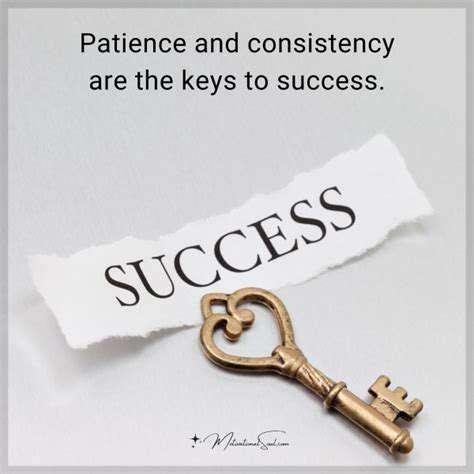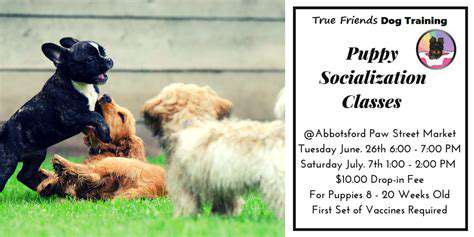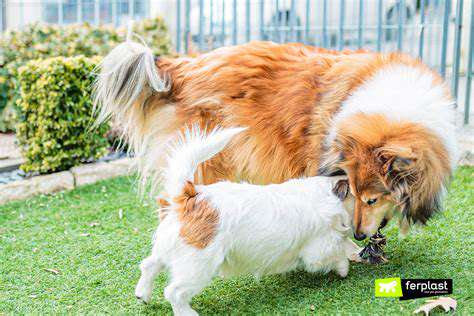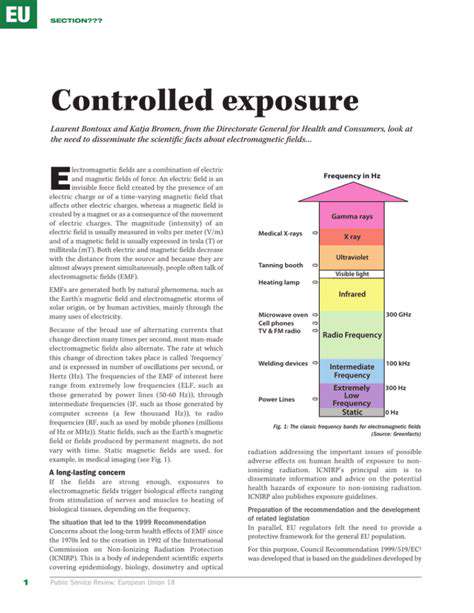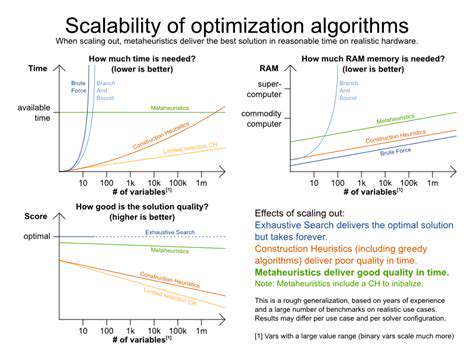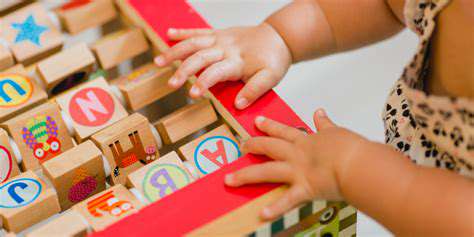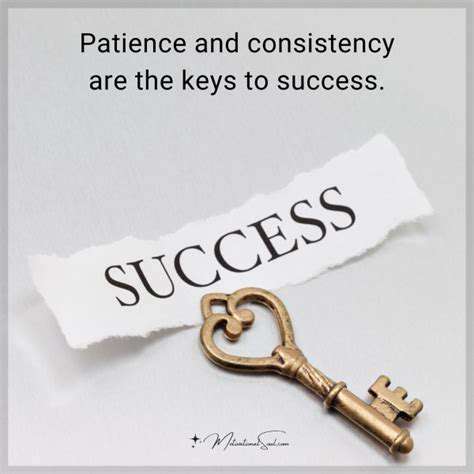Introducing Your Puppy to Crates and Carriers with Positive Socialization
Initial Crate Introduction: Creating a Positive Association
Introducing your new puppy to a crate is a crucial step in their training and socialization. The goal is to create a positive association, making the crate a safe and comfortable space, not a punishment. Avoid forcing your puppy into the crate. Instead, make it an inviting space with enticing items like soft blankets, a favorite toy, and a small amount of high-value treats. Start by leaving the crate door open and allowing your puppy to explore it at their own pace. Frequent, short interactions within the crate will help them understand it as a welcoming place.
Never use the crate as a punishment. If your puppy misbehaves outside the crate, it's important to address the misbehavior outside the crate's confines. Focus on positive reinforcement for desired behaviors and proper crate training. Remember, consistency is key in developing a positive association between your puppy and the crate.
Crate Training: Building Confidence and Control
Once your puppy has become comfortable exploring the crate, start gradually limiting their access. Close the door for short periods, initially for a few seconds, then gradually increasing the duration. Reward your puppy with treats and praise the moment they remain calm and quiet inside. This positive reinforcement will build confidence and encourage them to associate the crate with positive experiences.
Consistency is paramount. If you open the crate door, do so only when your puppy is calm and quiet. Never leave your puppy in the crate for extended periods during their early training stages. This helps prevent anxiety and ensures that your puppy never sees the crate as a place of isolation.
Crate Time Management: Gradual Adjustments
As your puppy becomes more accustomed to the crate, you can start extending the duration of their crate time. It's important to gradually increase the time, ensuring your puppy doesn't become overwhelmed. Short sessions are always better than long, stressful ones. Start with 15-20 minutes, and gradually increase the time as your puppy adapts. Pay close attention to your puppy's body language and adjust the duration accordingly. If your puppy shows signs of stress or anxiety, immediately remove them from the crate.
Consider your puppy's age and energy levels when determining appropriate crate time. Young puppies will likely need more frequent potty breaks, and crate time should be adjusted accordingly. Always ensure that your puppy has access to fresh water and a comfortable space within the crate.
Crate Use for Potty Training: Strategic Placement
Crate training plays a significant role in potty training. Placing the crate near your home's exit point is an effective strategy. This allows your puppy to quickly access the outside when they need to use the bathroom. Regular potty breaks are crucial, especially for puppies. Consistency is vital; taking them out frequently can help them understand the routine and will improve their potty training schedule. This close proximity to the exit point helps establish a pattern, where the crate becomes a gateway to the outside.
Introducing Your Puppy to the Crate: Practical Tips and Strategies
Start by introducing your puppy to the crate early on, ideally from the first day they arrive in your home. This helps them quickly adapt to their new environment and establishes a routine. Make the crate a welcoming space by placing a soft bed, favorite toys, and a familiar scent inside. This will encourage your puppy to view the crate as a safe haven. Avoid using the crate as punishment, as this can create a negative association. Positive reinforcement and patience are key to success.
Observe your puppy's body language. If they seem anxious or stressed, immediately remove them from the crate. Short, frequent sessions are always better. Remember, crate training is a process; it takes time and patience, and every puppy learns at their own pace. Consistency is critical to success.
Crate Use for Separation Anxiety: Managing Separation Anxiety
Crate training can be a valuable tool in managing separation anxiety. A predictable routine, including crate time, can help your puppy feel secure and reduce anxiety when you're away. Gradually increase the duration of your puppy's crate time, ensuring they're comfortable and relaxed. Positive reinforcement, including treats and praise, is crucial for associating the crate with positive feelings. Consulting a veterinarian or certified dog trainer can provide additional guidance if your puppy's separation anxiety is severe.
Ensure your puppy has adequate mental and physical stimulation before crate time to help them relax and adjust. Avoid leaving your puppy in the crate for excessively long periods. Always prioritize their comfort and safety. Gradually increasing crate time will help your puppy overcome separation anxiety.
Positive Reinforcement: The Power of Rewards

Understanding the Core Concept
Positive reinforcement is a fundamental concept in behavior modification and learning, focusing on strengthening desired behaviors by providing a positive consequence. This approach contrasts with punishment, which aims to weaken unwanted behaviors. By associating a desirable action with a pleasant outcome, positive reinforcement encourages the repetition of that action. This method fosters a positive learning environment, promoting motivation and a desire to engage in the desired behavior.
Essentially, positive reinforcement works by increasing the likelihood of a behavior being repeated in the future. This is done by introducing something desirable, like praise, a reward, or attention, immediately after the desired behavior occurs.
Types of Positive Reinforcers
Positive reinforcers can take many forms, ranging from tangible rewards to intangible acknowledgments. Tangible rewards include treats, toys, or money. Intangible rewards include praise, affection, or social recognition. Choosing the right reinforcer depends on the individual and the context of the situation. For example, a child might respond well to stickers or small toys, while an adult might be motivated by verbal praise or recognition for their achievements.
Understanding the factors that drive motivation within a specific context is key to choosing effective positive reinforcers. This understanding can lead to increased engagement and productivity.
Implementing Positive Reinforcement Effectively
To maximize the effectiveness of positive reinforcement, it's crucial to deliver the reinforcer promptly and consistently following the desired behavior. Consistency is key, as inconsistent reinforcement can diminish the effectiveness of the approach. The reinforcer should also be meaningful to the individual receiving it. A reward that holds little value will not be as motivating as one that is highly desired.
Clearly defining the desired behavior and the corresponding reinforcer beforehand is essential for effective implementation. This clarity helps ensure that the reinforcement aligns with the goal.
Applying Positive Reinforcement in Various Settings
Positive reinforcement can be applied across a wide range of settings, from parenting and education to workplace management and animal training. In parenting, positive reinforcement can encourage desired behaviors like sharing or tidying up. In schools, it can motivate students to participate in class or complete assignments. In the workplace, it can boost employee morale and productivity by rewarding achievements.
Understanding the specific needs and motivations of the individuals or subjects being influenced is crucial for successful implementation across different contexts.
The Importance of Timing
The timing of reinforcement is critical to its effectiveness. The reinforcer should be delivered immediately after the desired behavior to create a strong association between the action and the reward. Delaying reinforcement can weaken the connection and diminish the desired outcome.
Potential Pitfalls and Considerations
While positive reinforcement is generally a highly effective approach, it's essential to be mindful of potential pitfalls. Overusing rewards can diminish their intrinsic value. Over-reliance on material rewards might also lead to a decreased intrinsic motivation to perform the desired behavior. It's important to consider alternative methods, such as praise and acknowledgment, to reinforce behaviors in the long term.
Careful consideration of potential drawbacks and proactive strategies to mitigate them are essential for maximizing the benefits of positive reinforcement.
In the competitive landscape of college athletics, dominance transcends mere victory. It encompasses a consistent string of successes, a marked superiority over opponents, and a demonstrable ability to consistently outperform rivals. This goes beyond winning a single game; it suggests a sustained level of excellence that separates a team from the rest of the pack.

Beyond the Basics: Crate Training for Housetraining and Beyond
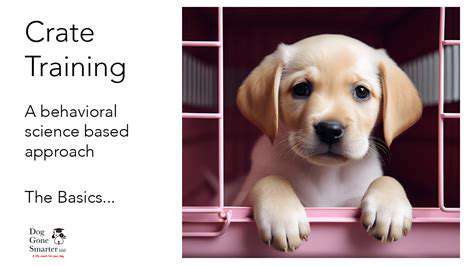
Crate Training Fundamentals
Crate training is a crucial aspect of responsible pet ownership, offering numerous benefits for both dogs and their owners. It provides a safe and secure space for your dog, allowing them to feel secure and reducing anxiety in various situations. Proper crate training establishes a routine and helps with housetraining, preventing accidents and promoting a clean living environment. Furthermore, a crate can be a valuable tool for managing disruptive behaviors, especially during travel or when you need to leave your dog unattended for short periods. This structured approach promotes a harmonious living experience for everyone.
A key component of successful crate training is introducing the crate gradually and positively. Instead of forcing your dog into the crate, start by making it a desirable space. Place treats, toys, and comfortable bedding inside. Gradually increase the time your dog spends in the crate, rewarding calm behavior inside. Consistency is key; maintaining a structured routine will help your dog understand and anticipate their designated space. This gradual approach reduces anxiety and builds a positive association with the crate.
Advanced Crate Training Techniques
Once your dog is comfortable with the crate, you can start incorporating more advanced techniques to enhance their understanding and cooperation. One crucial aspect is crate training for longer periods, gradually increasing the duration to acclimate your dog to extended periods of being alone. This is particularly important for dogs who will be left alone for longer durations, and it's vital to build confidence in your dog's ability to remain calm and relaxed. This will help them develop self-soothing behaviors and reduce anxiety.
Another important aspect of advanced crate training is teaching your dog to remain quiet and calm within the crate. This will help prevent barking and whining, which can be disruptive. Positive reinforcement techniques are essential. Reward calm behavior, and gradually increase the duration of quiet time to help your dog understand what is expected. This advanced approach will contribute to a more peaceful and harmonious living environment for all parties involved.
Consider using a variety of high-value treats and toys to keep your dog engaged and entertained within the crate. This can help to further reduce anxiety and make the crate a more appealing space. Understanding and addressing your dog's individual needs is crucial to success, ensuring that the crate training experience is positive and effective.
Read more about Introducing Your Puppy to Crates and Carriers with Positive Socialization
Hot Recommendations
- The Impact of Early Socialization on a Dog's Interaction with Other Animals
- Car Travel and Puppy Socialization: Making the Journey a Positive Experience
- The Importance of Early Environmental Exposure for Puppy Development
- Taking Your Puppy to the Vet: Positive Socialization Strategies
- Making Training a Positive Experience for Your Puppy
- Public Transportation and Puppy Socialization: A Step by Step Guide
- Safe Socialization: Allowing Others to Pet Your Puppy
- Helping a Puppy Who Struggles with "Stay"
- Positive Puppy Interactions: Making Meetings with New Friends Fun
- No Treats Needed? Training Basic Commands with Verbal Praise
